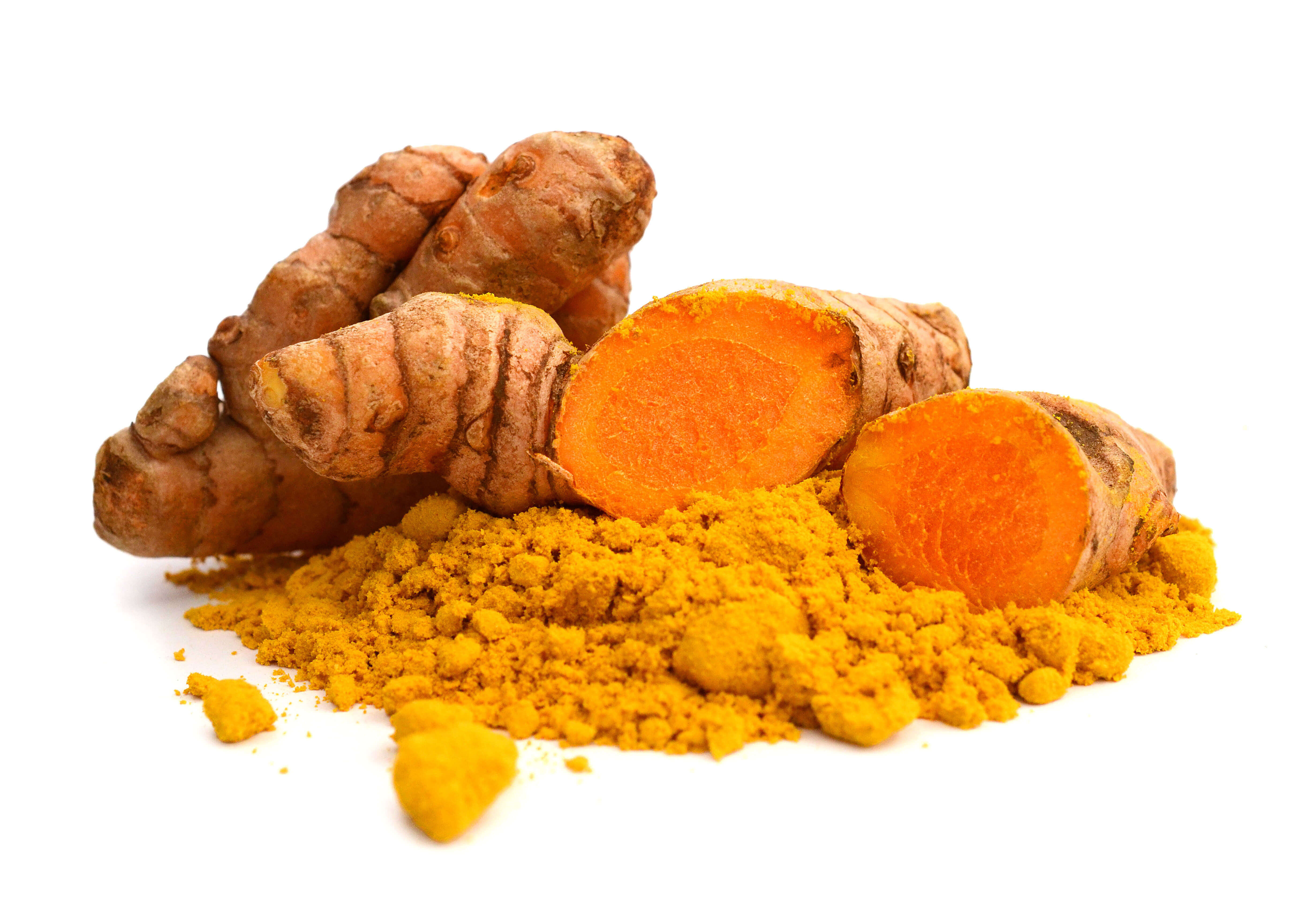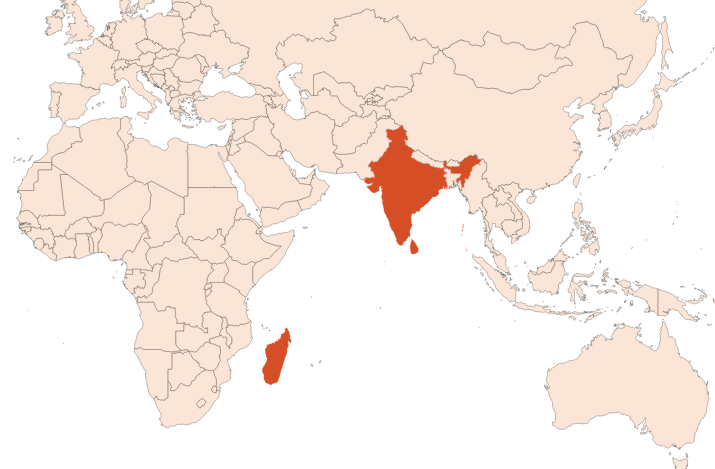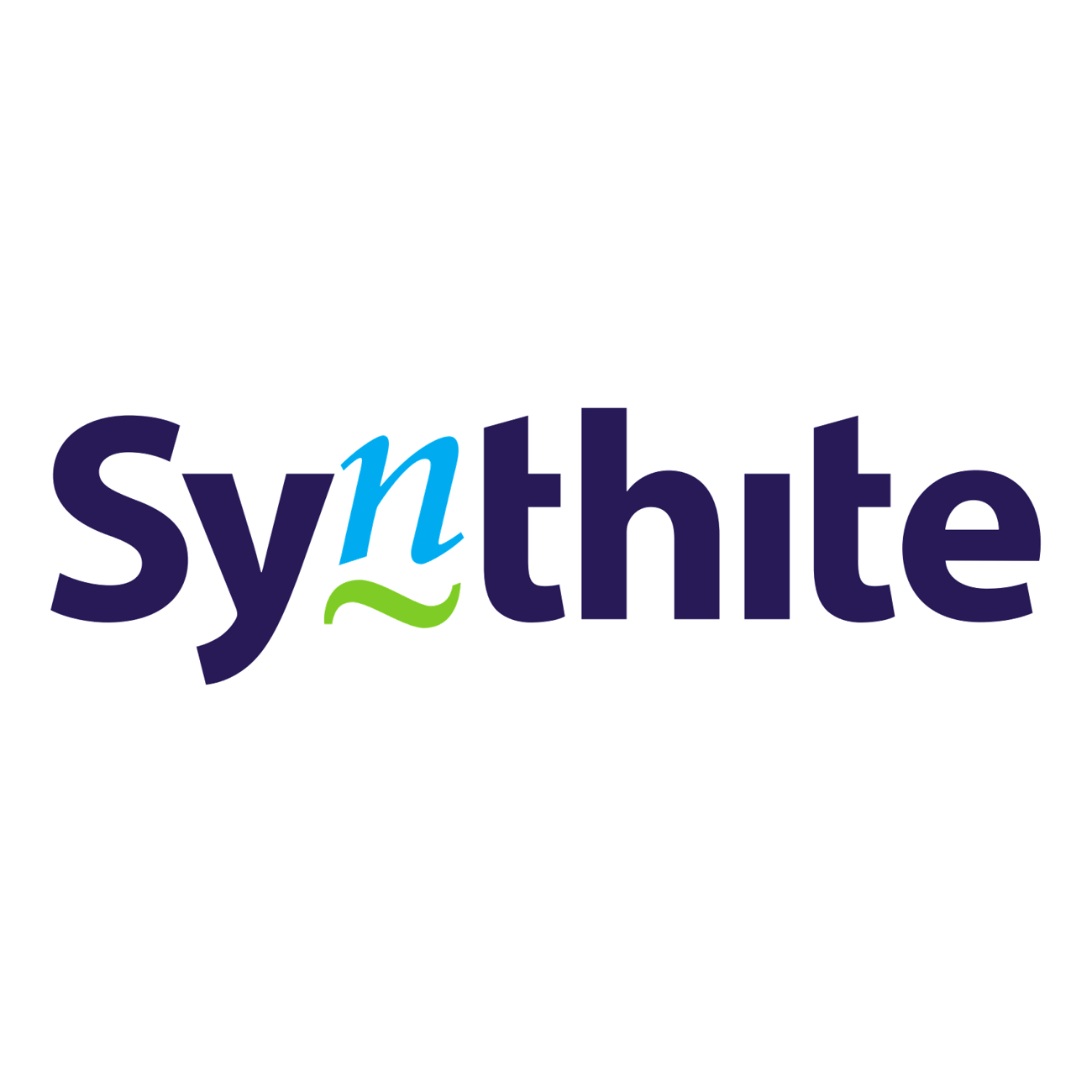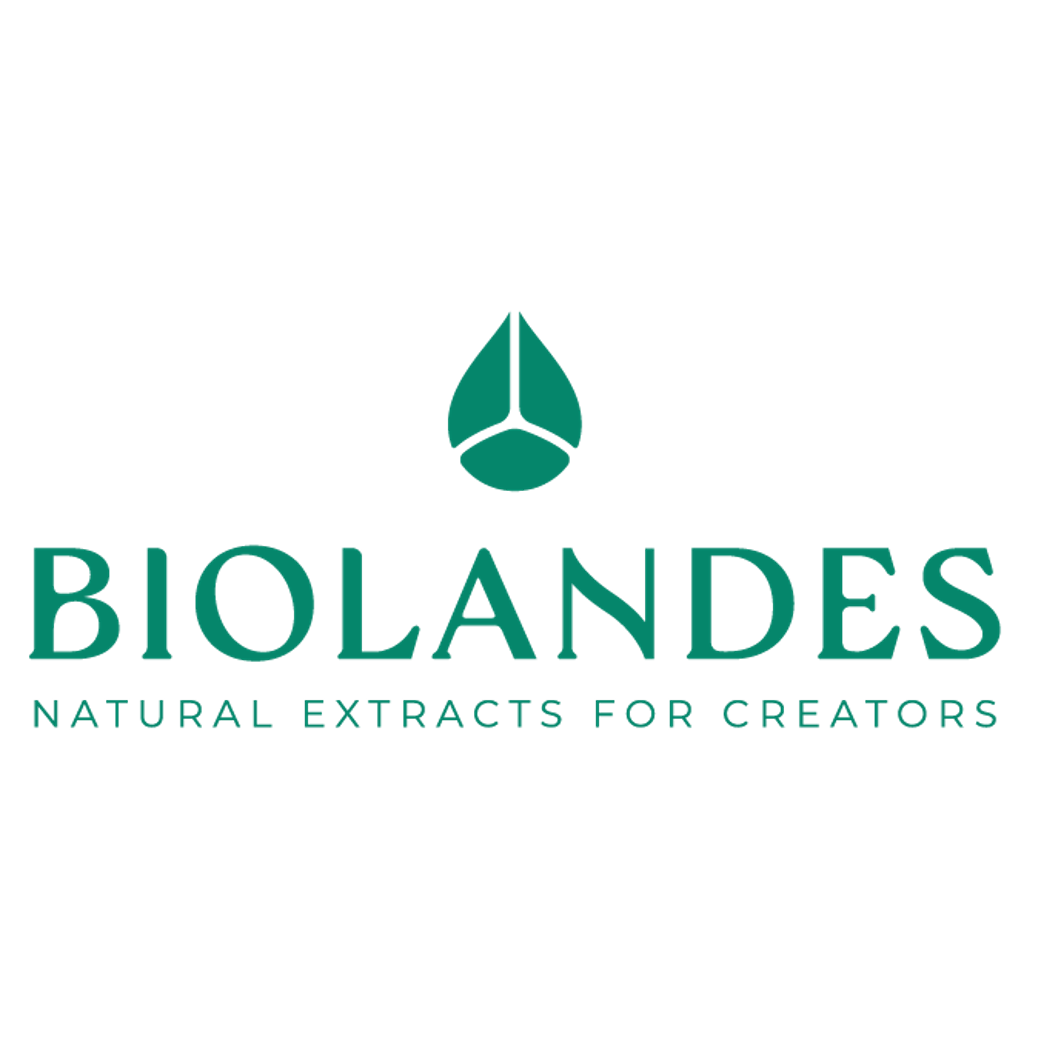Curcuma Longa EO
Naturelle
Spicy > Warm Spices > Dry Woods > Cedar > Green

Crédits photo: ScenTree SAS
Latin name :
Curcuma Longa
Botanical profile :
Curcuma is a flowering plant belonging to the Zingiberaceae family and the Curcuma genus.
Geographic origin :
Native to Southern Asia, Turmeric is mainly cultivated in India. Also foundable in Madagascar.
Chemotypes :
There are approximately 80 recognized cultivars of turmeric but Curcuma Longa is the most widely used (because it is the one used as a spice so production volumes are huge). Please note thats its also posible to find others varieties such as Curcuma aromatica, Curcuma xanthorrhyza, Curcuma domestica, Curcuma zedoafia, Curcuma caesia or Curcuma amada.
Extraction process :
Turmeric is a perennial herb native to India that can measure up to 1 meter. This plant is cultivated for its rhizome. Once the plant is harvested, the rhizome is separated and washed to remove any residual soil. It is then polished and ground into powder. This is similar to the treatment performed on Ginger EO. At this stage, two types of extraction are possible. Either by extraction with a volatile solvent to obtain an oleoresin ( which is the most common case as it gives a better yield, around 10-15%, and is easier to use in flavouring or cooking) or to obtain an essential oil. Curcuma Longa EO is obtained by steam distillation dry rhizome powdered. Yield between 2-4% for a process that lasts about 8-10 hours. It should be noted that an hydrodistillation of the Curcuma zedoatia variety is also carried out with a yield between 5 and 15%, leading to a green liquid EO
Major Components :
Turmerone (~60%)
Zingiberene (~25 %)
Alpha-Phellandrene (5-10%)
Eucalyptol (<3%)
Beta-Caryophyllene (<3%)
Beta-Bisabolene (<3%)
Terpinolene (<3%)
D-Limonene (<3%)
Zingiberene (~25 %)
Alpha-Phellandrene (5-10%)
Eucalyptol (<3%)
Beta-Caryophyllene (<3%)
Beta-Bisabolene (<3%)
Terpinolene (<3%)
D-Limonene (<3%)
- Uses in perfumery :
- Perfumery is not the largest use of turmeric. Indeed, the rhizome is above all a spice. It is therefore widely used in aromatic food as well as in cooking. At the same time, its important medicinal properties have led to the use of turmeric extracts as a medicinal remedy since ancient times.
- Other comments :
- There is in Turmeric oil a compound called Curcumin that can be used as a precursor for natural vanillin. This compound is also responsible for the yellow orange color of turmeric.
- Volatility :
- Heart
- Appearance :
- Pale yellow liquid
- Stability :
- Can easily turn to a red liquid.
- Price Range :
- €€€€
- Aromatherapy :
Informations provided below are taken from reference works in aromatherapy. They are given for information purposes only and can not constitute medical information, nor engage the responsibility of ScenTree.
Its antioxidant and antiseptic properties are recognized world-wide. This is mainly due to the presence of Curcuminoides.

Crédits photo: ScenTree SAS
- EINECS number :
- 283-882-1
- FEMA number :
- 3085
- Allergens :
- This ingredient does not contain any allergen.
- IFRA :
- This ingredient is restricted by IFRA
- Annexe I :
- Some regulated synthetic ingredients are found in nature and in certain proportions in natural ingredients. This presence in nature has to be taken into account when calculating limits of use recommended by the IFRA. In case you do not know these concentrations, you can use the ones estimated by the IFRA. Here they are :
- Annexe I :
- Some regulated synthetic ingredients are found in nature and in certain proportions in natural ingredients. This presence in nature has to be taken into account when calculating limits of use recommended by the IFRA. In case you do not know these concentrations, you can use the ones estimated by the IFRA. Here they are :
| List of regulated compounds contained in this ingredient | ||
|---|---|---|
| Regulated ingredient name | CAS N° | Estimated Concentration |
| alpha-Bisabolol | 515-69-5 | 0,1 |
| Eugenol | 97-53-0 | 1 |
| List of regulated compounds contained in this ingredient | ||
|---|---|---|
| Regulated ingredient name | CAS N° | Estimated Concentration |
| alpha-Bisabolol | 515-69-5 | 0,1 |
| Eugenol | 97-53-0 | 1 |
To learn more about IFRA's standards : https://ifrafragrance.org/safe-use/library
ScenTree is solely responsible for the information provided here.




